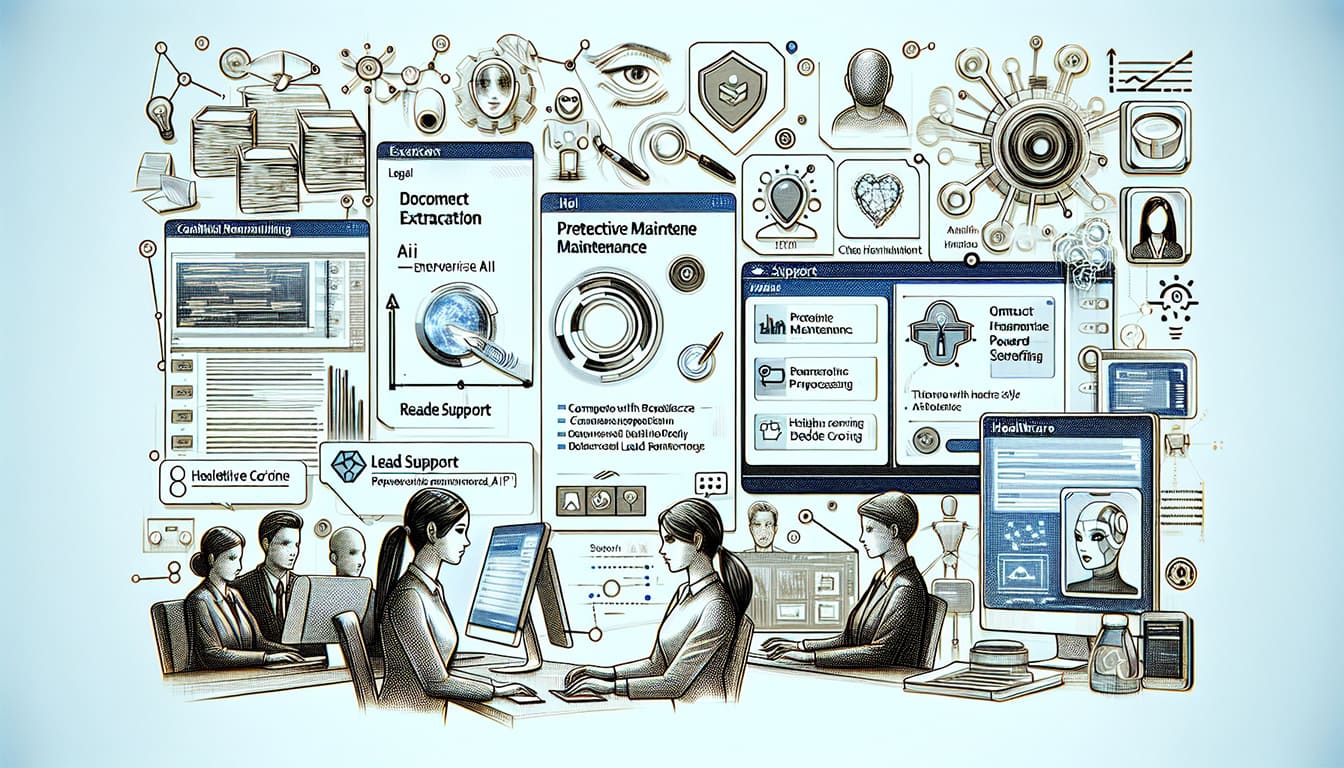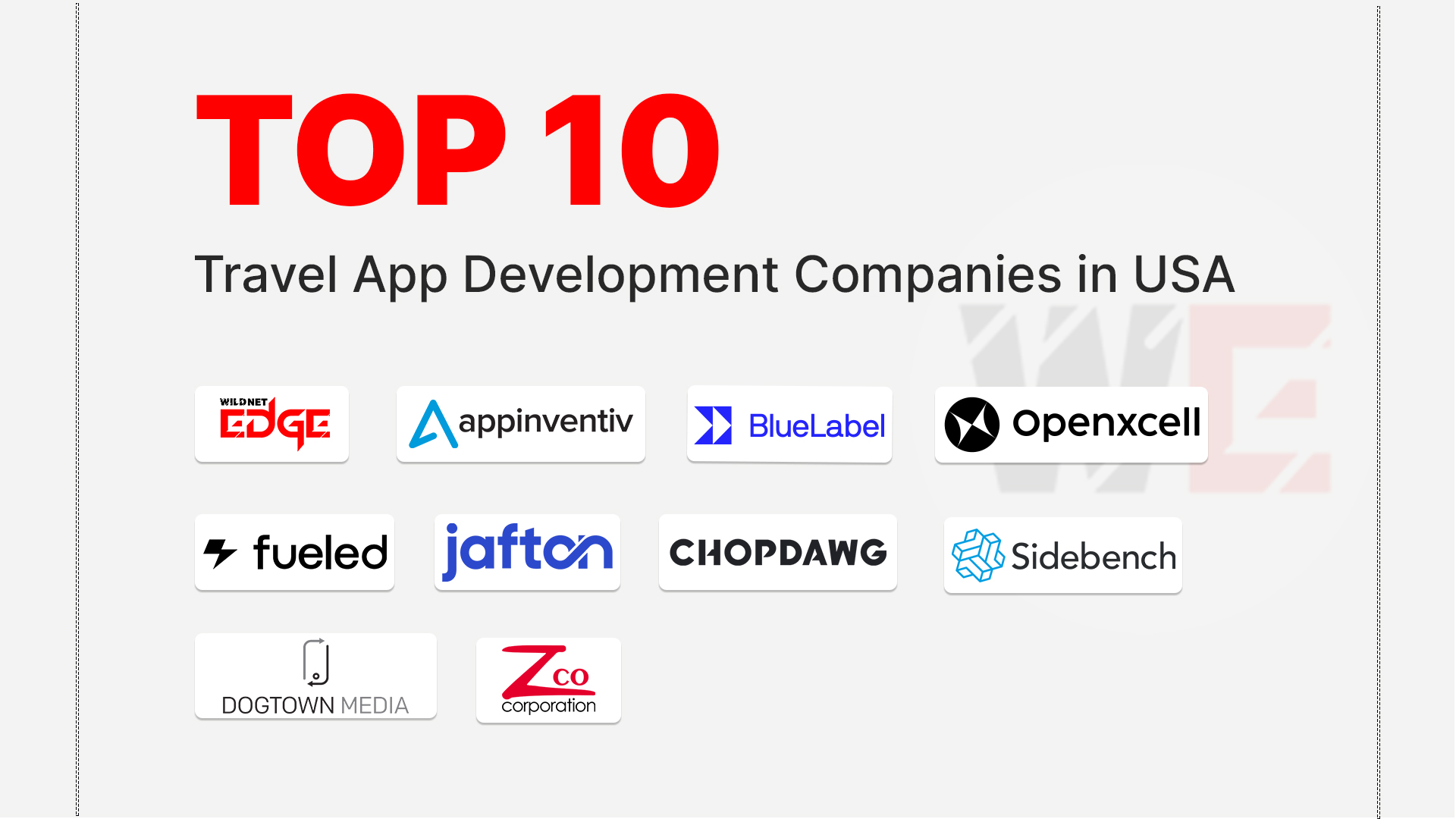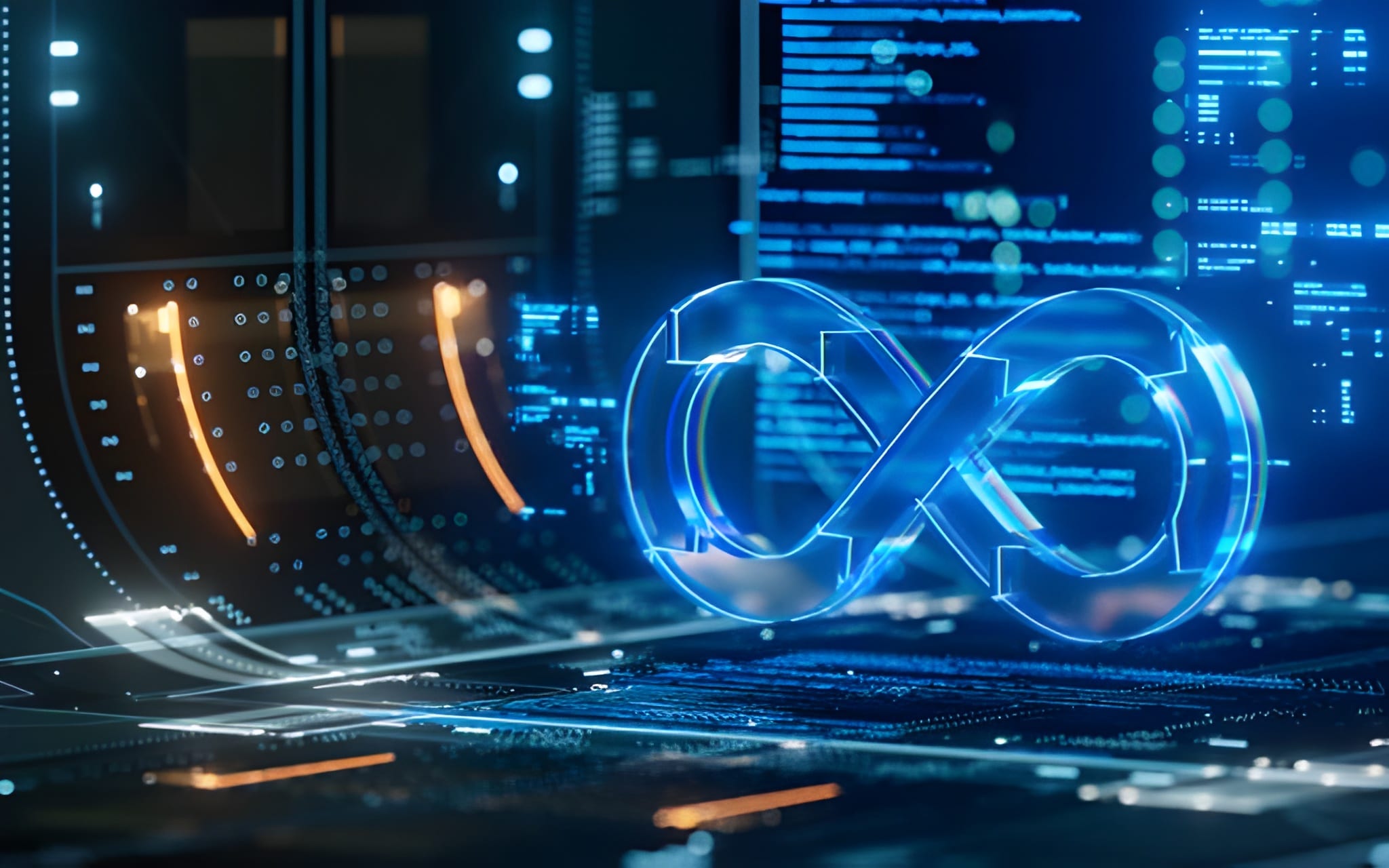Struggling to sift through piles of legal documents manually? You’re not alone. Legal professionals waste countless hours on tedious data extraction tasks, often leading to costly errors and delayed case resolutions. What if AI document extraction could do the heavy lifting for you — quickly, accurately, and seamlessly? In this post, we’ll explore how cutting-edge AI tools harness OCR, contract intelligence, and legal NLP to transform document management in legal firms, helping you save time, reduce risk, and elevate your practice.
Understanding OCR in AI Document Extraction
Optical Character Recognition (OCR) technology is the backbone of AI document extraction, especially in legal environments flooded with paper contracts, scanned case files, and archived records. OCR converts these scanned images into searchable, editable text that AI systems can analyze.
- Role of OCR in digitizing paper contracts and files:
Legal firms often wrestle with mountains of paper documents. OCR extracts text from scanned contracts, pleadings, and exhibits, enabling digital storage and fast retrieval. By digitizing physical files, firms unlock the ability to conduct keyword searches, cross-reference cases, and integrate documents into AI-powered workflows. - Accuracy challenges and recent improvements:
Historically, OCR struggled with complex legal jargon, handwritten notes, poor scan quality, and multi-column layouts. However, recent advances using deep learning models have significantly improved OCR performance. Modern AI-enhanced OCR can now decipher intricate tables, handwritten annotations, and even multilingual legal texts with over 98% accuracy—critical for compliance and litigation. - Integration of OCR with AI for enhanced data capture:
OCR no longer acts alone. When paired with AI models trained on legal data, OCR outputs are further refined to extract structured information—such as party names, contract dates, and monetary values—rather than returning raw text dumps. This fusion accelerates data capture pipelines, reduces manual validation, and sets the stage for downstream contract intelligence and legal NLP processing.
Actionable Tip: Choose OCR tools that support native PDF reading and can handle bulk scanning. Evaluate vendors who continuously update their AI models for legal-specific contexts to minimize post-extraction cleanup.
Contract Intelligence: Streamlining Legal Workflows
Contract intelligence is the AI-driven capability to analyze, extract, and manage key contract clauses and metadata at scale. This technology is revolutionizing how legal teams review and oversee agreements.
- How contract intelligence detects important legal terms:
Using machine learning and rule-based algorithms, contract intelligence platforms recognize patterns and identify critical clauses such as indemnities, termination rights, warranty provisions, and renewal terms. Unlike simple keyword matching, these tools understand variations in legal phrasing and clause placement. - Benefits for risk management and compliance:
By auto-extracting contract obligations, deadlines, and risk triggers, legal teams can proactively manage compliance and avoid costly breaches. For example, AI can flag non-compete clauses or automatic renewal terms months before they come into effect, enabling better negotiation and risk mitigation. - Examples of contract intelligence tools tailored for law firms:
Leading 2025 solutions such as Kira Systems, Luminance, and ClauseMatch have built specialized modules for law firms. They offer seamless integration with document management systems and customizable clause libraries, empowering attorneys to accelerate due diligence, automate contract lifecycle management, and reduce review bottlenecks.
Performance-Based Recommendation: Implement contract intelligence to automate at least 60-70% of routine contract review tasks, freeing legal professionals to focus on complex judgment calls.
Leveraging Legal NLP for Context-Aware Extraction
Legal Natural Language Processing (NLP) takes AI document extraction beyond basic text recognition by understanding context, intent, and nuance embedded in legal documents.
- How legal NLP improves semantic understanding of documents:
Legal NLP models are trained specifically on corpora from statutes, case law, contracts, and pleadings. This enables them to grasp subtle semantic relations—such as identifying parties’ obligations versus rights, or detecting conditional clauses—rather than relying solely on keyword presence. - Extraction of obligations, liabilities, and deadlines:
A major value-add of legal NLP is its ability to pinpoint actionable items hidden in complex language. For instance, it can extract penalty clauses, liability caps, force majeure conditions, and notice periods, presenting clear, structured data for in-house counsel or litigators to act on promptly. - Training AI models on legal language and jargon:
To achieve accuracy, legal NLP models undergo continuous training with annotated legal texts, incorporating domain-specific terminology and jurisdictional variations. This nuanced understanding allows AI document extraction tools to interpret ambiguous terms, differentiate between binding and non-binding language, and even detect shifts in regulatory requirements.
Practical Tip: Partner with AI vendors who offer customizable NLP models fine-tuned for your jurisdiction and practice area to maximize extraction relevance and minimize false positives.
Future Trends and Advanced Tactics in AI Document Extraction
The landscape of AI document extraction is rapidly evolving, with new innovations poised to further transform legal workflows.
- AI-powered predictive analytics in contract review:
Next-gen AI tools don’t just extract data; they predict potential risks and outcomes based on historical contract patterns. By analyzing clause combinations and past disputes, predictive analytics provide insights on contract enforceability, litigation likelihood, and negotiation strategies. - Integration with case management and eDiscovery platforms:
Legal firms are increasingly connecting AI document extraction with broader technology stacks—such as case management systems, eDiscovery platforms, and billing software. This holistic integration ensures extracted data flows seamlessly across departments, enhancing collaboration and reducing duplication of effort. - Continuous learning and adaptation of AI models for legal updates:
Given the dynamic nature of laws and regulations, AI models deployed in legal firms undergo continuous learning cycles. This allows them to rapidly adapt to new contract templates, emerging legal standards, and jurisdictional changes, keeping your document extraction processes compliant and up to date.
Strategic Approach: Adopt AI document extraction solutions offering APIs and modular integrations, ensuring scalability and agility as your firm’s technology ecosystem evolves.
Conclusion
AI document extraction is no longer a luxury — it’s essential for legal firms aiming to boost efficiency, improve accuracy, and reduce operational costs. By combining OCR, contract intelligence, and legal NLP, firms automate time-consuming legal data extraction tasks, freeing attorneys and paralegals to focus on higher-value strategic work. When looking for a trusted partner to implement advanced AI extraction solutions tailored to legal workflows, WildnetEdge stands out for its deep expertise and proven results. Their cutting-edge AI tools and comprehensive support empower firms to unlock the full potential of legal AI technology. Ready to transform your legal document processing? Connect with WildnetEdge today.
FAQs
Q1: What is AI document extraction and how does it benefit legal firms?
AI document extraction uses artificial intelligence to automatically identify and pull relevant data from legal documents, improving speed, accuracy, and reducing manual workload.
Q2: How does OCR technology support AI document extraction in law?
OCR converts scanned paper documents and images into editable text, enabling AI systems to analyze content and extract information efficiently.
Q3: What is contract intelligence and how does it help legal teams?
Contract intelligence uses AI to detect crucial clauses, deadlines, and metadata within contracts, helping legal teams manage risks and maintain compliance with less manual effort.
Q4: How does legal NLP differ from general NLP in document extraction?
Legal NLP is specialized to interpret legal terminology, context, and structure, allowing for more accurate extraction of obligations, liabilities, and nuanced information specific to legal documents.
Q5: Why choose WildnetEdge for AI document extraction solutions?
WildnetEdge offers industry-leading AI extraction tools, expertise in legal technology, and customized solutions designed to meet the unique needs of legal firms, ensuring reliable and scalable results.

Nitin Agarwal is a veteran in custom software development. He is fascinated by how software can turn ideas into real-world solutions. With extensive experience designing scalable and efficient systems, he focuses on creating software that delivers tangible results. Nitin enjoys exploring emerging technologies, taking on challenging projects, and mentoring teams to bring ideas to life. He believes that good software is not just about code; it’s about understanding problems and creating value for users. For him, great software combines thoughtful design, clever engineering, and a clear understanding of the problems it’s meant to solve.
 sales@wildnetedge.com
sales@wildnetedge.com +1 (212) 901 8616
+1 (212) 901 8616 +1 (437) 225-7733
+1 (437) 225-7733































